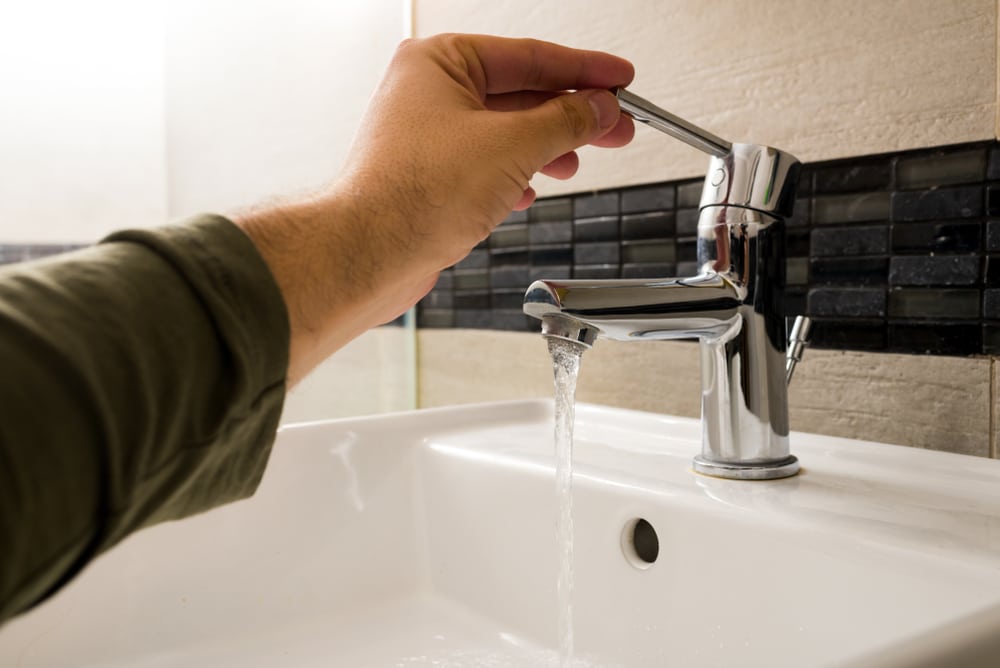Faucet problems are among the most common plumbing issues homeowners face. These issues can be frustrating, whether it’s a leaky faucet, a clog, or low water pressure. But the good news is that you don’t always need to call a plumber to fix them. With a bit of know-how and some essential tools, you can tackle many of these problems yourself.
In this article, we’ll guide you through identifying typical faucet problems and how to address them. Understanding these basics can save you time and money and give you peace of mind knowing you can handle minor plumbing issues. Let’s dive into the details so you can keep your home’s plumbing in top shape without needing professional assistance every time a small problem arises.
Identifying Common Faucet Problems
Before you can fix a faucet issue, you need to identify what’s wrong. Here are some common faucet problems to look out for:
1. Leaky Faucet: One of the most common issues. You’ll notice water dripping from the faucet, even when turned off. This happens due to worn-out parts like washers or O-rings.
2. Clogged Faucet: Your faucet might be clogged if the water flow is weak or uneven. This usually means debris or mineral deposits buildup inside the aerator or the spout.
3. Low Water Pressure: Are you experiencing a trickle of water instead of a steady stream? Low water pressure can be due to clogged aerators, pipe blockages, or water supply issues.
4. Squeaky Handles: If the handles squeak when you turn them, there’s likely an issue with the faucet’s internal components, such as worn-out stems or handles.
5. Rust and Corrosion: Notice rust around the base or in the water? That signals the faucet might be corroded, which can lead to leaks and other problems.
Identifying these problems can help you determine the proper fix. By understanding the issue you’re dealing with, you can approach the solution more effectively and efficiently.
Simple Fixes for a Leaky Faucet
A leaky faucet can be annoying and wasteful. Fortunately, it’s often easy to fix. Here’s a step-by-step guide to stop that drip:
1. Identify the Type of Faucet: Faucets usually fall into four categories: compression, ball, cartridge, and ceramic disk. Knowing the type will help you find the right parts and instructions for your faucet.
2. Turn Off the Water Supply: Before doing anything, turn the water supply off to the faucet. Find the shutoff valves under the sink and turn them clockwise to close.
3. Disassemble the Faucet: Use a screwdriver to remove the handle. You’ll have to remove the handle for most faucets, which unscrews and lifts off. This will expose the inner components.
4. Inspect and Replace Worn Parts: Look for parts like rubber washers, O-rings, seals, or valve seats, which can wear out over time and cause leaks. Take the worn parts to a hardware store to find exact replacements.
5. Reassemble the Faucet: After replacing the worn components, reassemble the faucet by reversing the steps you used to take it apart. Turn the water supply back on and test the faucet.
6. Check for Leaks: Finally, turn the faucet on and off several times to ensure no leaks. If it leaks, you may need to take it apart again and ensure everything is seated correctly.
Following these steps, you can typically fix a leaky faucet without much hassle. Keep your tools handy, and take your time to ensure everything is done correctly. This simple repair can help you save water and reduce that annoying drip noise.
How to Clear a Clogged Faucet
A clogged faucet can be a real annoyance, reducing water flow and making daily tasks a hassle. Fortunately, clearing a clog is usually straightforward. Here’s how to do it:
1. Remove the Aerator: Most clogs are in the aerator, the small screen at the end of the faucet. Unscrew the aerator counterclockwise, using a wrench if needed. Be careful not to damage it.
2. Clean the Aerator: Rinse the aerator under running water. Use an old toothbrush to scrub away debris or mineral deposits. Soak the aerator in vinegar for an hour for stubborn clogs, then wash again.
3. Check for Debris: Run the faucet while the aerator is off. If water flow is still weak, the faucet may have more debris. Use a small brush or wire to clear any blockages gently.
4. Reassemble the Aerator: Once clean, reattach the aerator by screwing it back on clockwise. Be sure all parts are secured tightly.
5. Check for Improved Flow: Turn on the faucet and test the water flow. It should be much stronger and more consistent. If the problem persists, the issue might be further inside the faucet or the pipes.
6. Flush the System: Consider flushing the entire faucet system for a more thorough clean. This involves turning off the water supply, removing the faucet components, and cleaning each part before reassembling.
Addressing Low Water Pressure in Faucets
Low water pressure can turn simple tasks into frustrating chores. Here’s how you can address this issue and get your water flowing correctly again:
1. Check the Aerator: Low water pressure is often due to a clogged aerator. Follow the same steps as clearing a clog to clean the aerator and remove debris.
2. Inspect the Valves: Ensure the shutoff valves under the sink are fully open. Sometimes, they can become partially closed, reducing water flow.
3. Examine the Cartridge: A worn or blocked cartridge can affect water pressure for faucets with cartridges. Turn off the water supply, remove the handle, and pull out the cartridge. Rinse it thoroughly or replace it if necessary.
4. Look for Leaks: Check for any visible leaks under the sink or in the pipes leading to the faucet. Even a tiny leak can significantly impact water pressure.
5. Check for Pipe Blockages: Sometimes, the problem might not be in the faucet but in the pipes themselves. Over time, pipes can accumulate debris and mineral buildup, restricting water flow. This might require a more thorough cleaning or even professional help.
6. Water Pressure Regulator: If the above steps don’t solve the problem, your home might have a water pressure regulator set too low. Adjusting this regulator could improve pressure across all your faucets.
Conclusion
Fixing common faucet problems doesn’t have to be daunting. Whether dealing with a leaky faucet, a clog, or low water pressure, knowing how to identify and address these issues can save you time and money. Simple tools and patience can help you resolve these problems independently.
Feel free to DIY your faucet fixes, but remember that some plumbing tasks are best left to experts. If you need professional plumbing service in Mar Vista, contact New Pro Plumbing to help get your plumbing back in top shape. Don’t let minor issues escalate—call us today for reliable and efficient service!
















